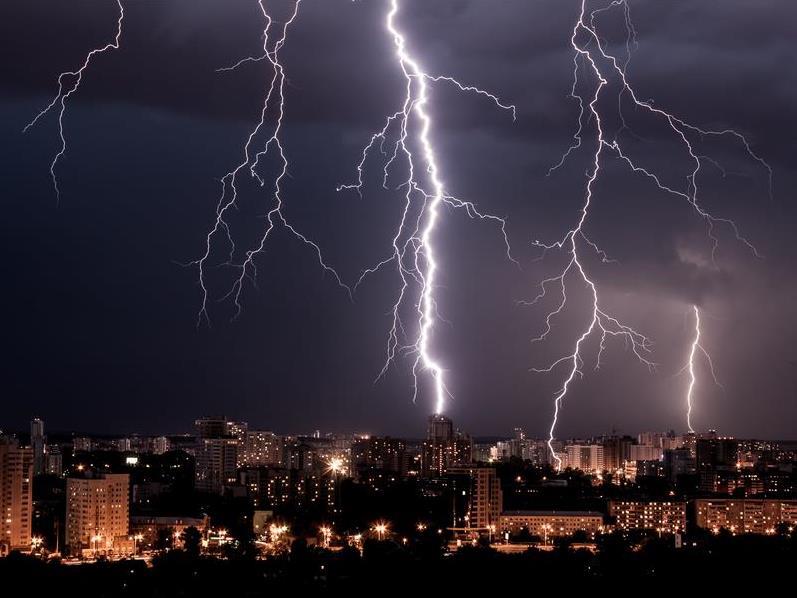Image via Shutterstock
In 2008, I began creating performances about sexual violence. Following the final dress of the first performance in 2008, a member of the ensemble raised his hand and exclaimed, “I feel like shit.” He went on to discuss how the show was starting to influence his life outside of the rehearsal space. Other performers shared they had nightmares about being raped or reaching out to help someone in trouble only to see their hands turn to dust. I came to find out later, they were exhibiting signs of secondary trauma stress or vicarious trauma—something that happens when people take on others’ traumatic experiences. As a young twenty-something, I could not believe what I was being told and that I had created a space for such harm to occur. I thought it was a positive process for the performers because they told me about conversations with their partners, family, and friends full of vulnerability and compassion toward the subject of sexual assault. It was not until we were ready to open that I realized the process for creating work like this had to be unlike any other rehearsal process I had been through before.





